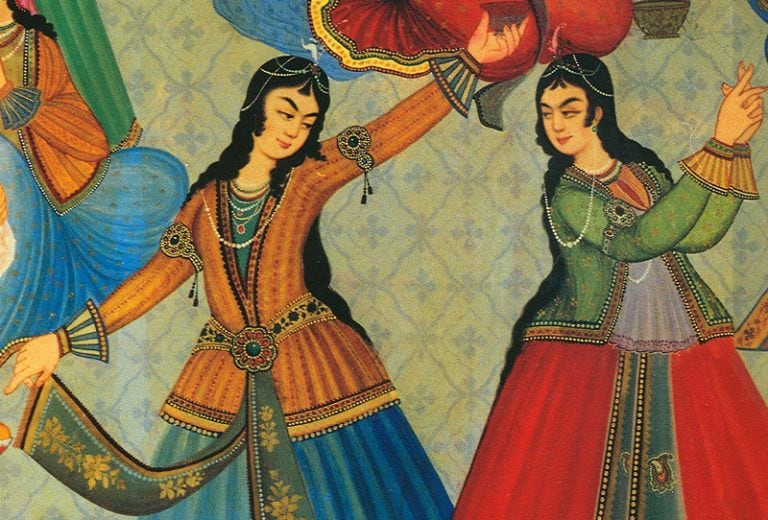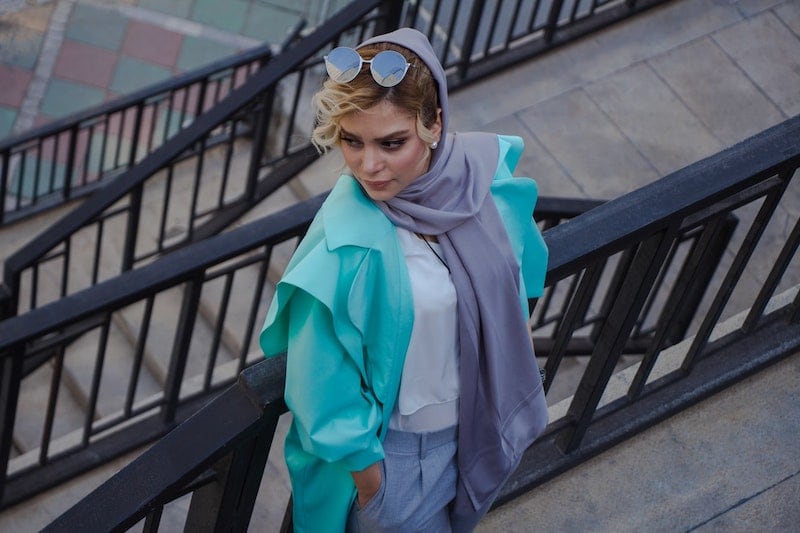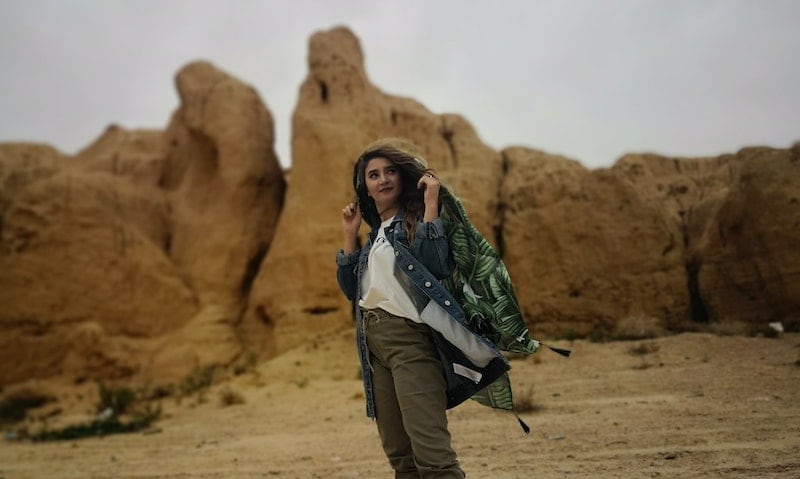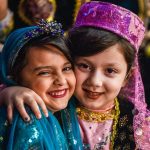By: Behnam Ghasemi – Middle East and Africa Textile Journal
Every country has a dress code, and it depends on cultural features. Iran as an Islamic country has a specific dress code that must be followed by people.
This dress code has considerable effects on the Iranian fashion industry. Although people in Iran appreciate colourful clothes and have a great sense of fashion they face some limitations in what they wear.
Iranians don’t consider clothing as a mere covering. They always care about what they wear and how they look. The Iranian fashion industry has changed a lot through the last decades. Lots of these changes are influenced by the political and religious situation. Thus we will take a look at how Iranian dress code has changed through last century.
Iran’s fashion history
Iranians fashion has changed so many times under the influence of political decisions. Women used to wear full headscarves in the early 20th century; they used these headscarves to identify themselves as devote Muslims. But after Reza shah’s secular regime banned women from using hijab in public, they wore their hair uncovered.
In the 1910s Iranian women used to cover their hair with headscarves; they also didn’t have any makeup. By the 20s they still covered their hair with loose shawl. After banning the hijab in the 30s, Iranian women uncovered their hair or used a jaunty hat over their curly hairstyle. Using these hats over a curly medium hairstyle was popular across the world in that time.
By the 40s and 50s, Iranian women hairstyle and the dress were influenced by women dress in west. At that time, most of the Iranian women appeared in public with curly hair and red lipsticks.
This style was also very popular in Britain and the United States at that time, and it is possible that Iranian women, under the influence of this factor, turned to this style of clothing. Between the 60s and 70s, one can see the high impact of European clothing on the style of Iranian women. In the 60s and 70s, Iranian women had shorter and newer hairstyles; also, they used more makeup in their style.
The Islamic Revolution in 1979 has greatly changed the way women dress. In the 1980s, it became mandatory for women to wear the hijab in public. In this decade, the style of Iranian women consisted mainly of black chadors and veils. Besides, the use of makeup was reduced. The Iranian women’s style in this period is very similar to their style in the 1910s.
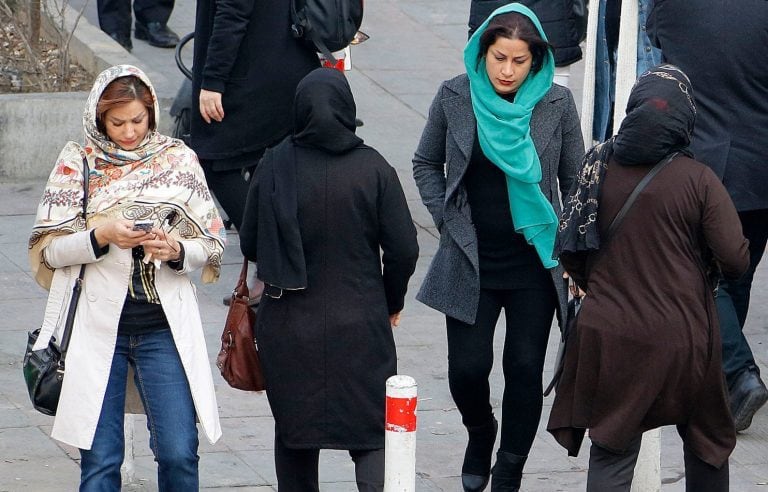
Political changes and religious beliefs are the main reasons for the reuse of the hijab. At that time, with the establishment of an Islamic government, new laws were enacted and restrictions were placed on women’s clothing. In the 1990s, restrictions were slightly eased. In this decade, women wore more colored clothes than before. Using shawls and scarves in those years became more common.
In the 21st century, there are still restrictions on women’s clothing; but there is more variety in their clothes. Nowadays, Iranian women still use shawl and headscarves, but very loosely. They show most of their hair and wear brighter and colorful clothes.
Historical events and political decisions have also affected Iranian men’s clothing. In the 1920s, Iranian men wore Western hats and suits in their style. Iran had many ties with Western countries; therefore, the clothing of Iranian men was also influenced by the clothing of Westerners. Most Iranian men wore loose shirts. Variety in men’s clothing increased between the 1940s and 1960s.
In the 1950s and 1960s, Iranian boys modelled on the hairstyles of Western bands. One of the most popular men’s hairstyles at the time was the Beatles. Beatles and hippie hairstyles were very popular among Iranian youth.
The 1979 Islamic Revolution also changed men’s clothing. In the 1980s, most Iranian men wore baggy pants and plain shirts. Also, most Iranian men grew beards.

In the 1990s, with the end of the war, new economic and social conditions emerged. In this decade, the import of foreign clothes increased. Men’s baggy pants gave way to jeans. Simple shirts were also replaced with T-shirts.
During this period, the variety of men’s clothing increased and men used new hairstyles. Many of the hairstyles of young Iranian boys were modeled on the hairstyles of foreign artists and bands.
In recent years, the variety of menswear in Iran has become much more than before. Iranian men mostly wear colored clothes. Tights are also very popular. In the past few years, due to the widespread use of the Internet and its great impact, the speed of change in Iranian fashion has also greatly increased.
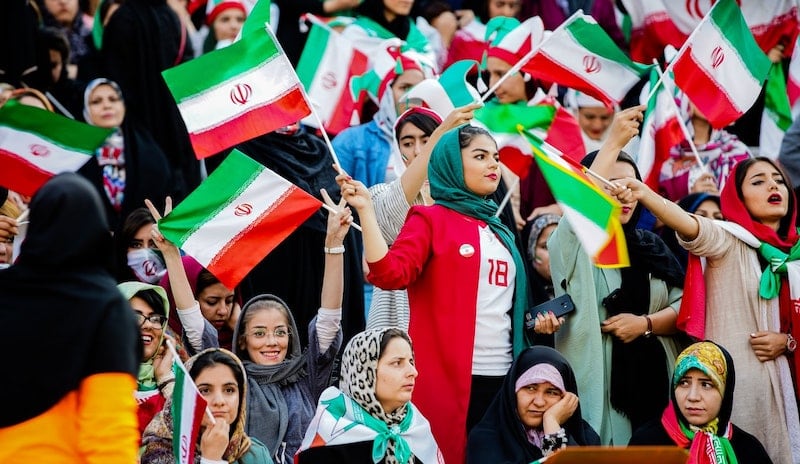
Restrictions of the fashion industry in Iran
The Iranian fashion industry faces limitations for various reasons. One of the most important factors influencing Iranian fashion is political and religious decisions. Iran, as an Islamic country, has laws and restrictions on coverage; especially in women’s clothing.
In addition to politics and religion, cultural characteristics also affect Iranian clothing. In many parts of Iran, local clothes are worn by a lot of people. Local clothes are a symbol of the culture of Iranian ethnicities.
Local costumes of Iranian ethnicities are very diverse. In each region, the clothing of men and women has a special shape. Besides, for cultural reasons, wearing some clothes is not welcomed by society; For example, wearing shorts in public is not common in Iran.
The import of clothes is another reason for the slight progress of fashion in Iran. Many of the clothes that people wear in Iran are imported from other countries, such as Turkey.
The popularity of European brands and foreign clothes among the youth has also affected the Iranian fashion industry. For this reason, many Iranian clothing manufacturers produce their products by modeling foreign clothes.
In Iran, fashion design has little history. There are few or not enough people who work professionally in the field of fashion design in Iran. Lack of professional fashion designers and low investment in them has a negative impact on Iranian fashion.
The current situation of fashion in Iran
Despite all the restrictions, Iran’s fashion industry is progressing. In recent years, and especially in the last decade, more attention has been paid to the fashion industry in Iran. Today, prominent companies and manufacturers of clothing in Iran pay more attention to clothing design.
In recent years, better conditions have been provided for fashion designers in Iran. The investments made in the fashion industry show further progress in this industry. However, various political and social constraints continue to slow down the progress of Iranian fashion.
Iranian fashion designers try to combine traditional Iranian symbols with modern clothes. Using traditional designs and patterns related to Iranian culture in clothing proves this. For example, the poems of Persian poets are printed on scarves and mantles in the market.
This style of fashion design has been well received by people. These clothes are offered in the market with happy and colorful designs at reasonable prices.
In addition, the activities of specialized centres for fashion design have also increased a lot. Advances in modelling and social media are influencing how people are covered.
Iranian clothing designers combine Iranian symbols and Islamic concepts with new clothes. That is why their clothing design style is very special and unique.



